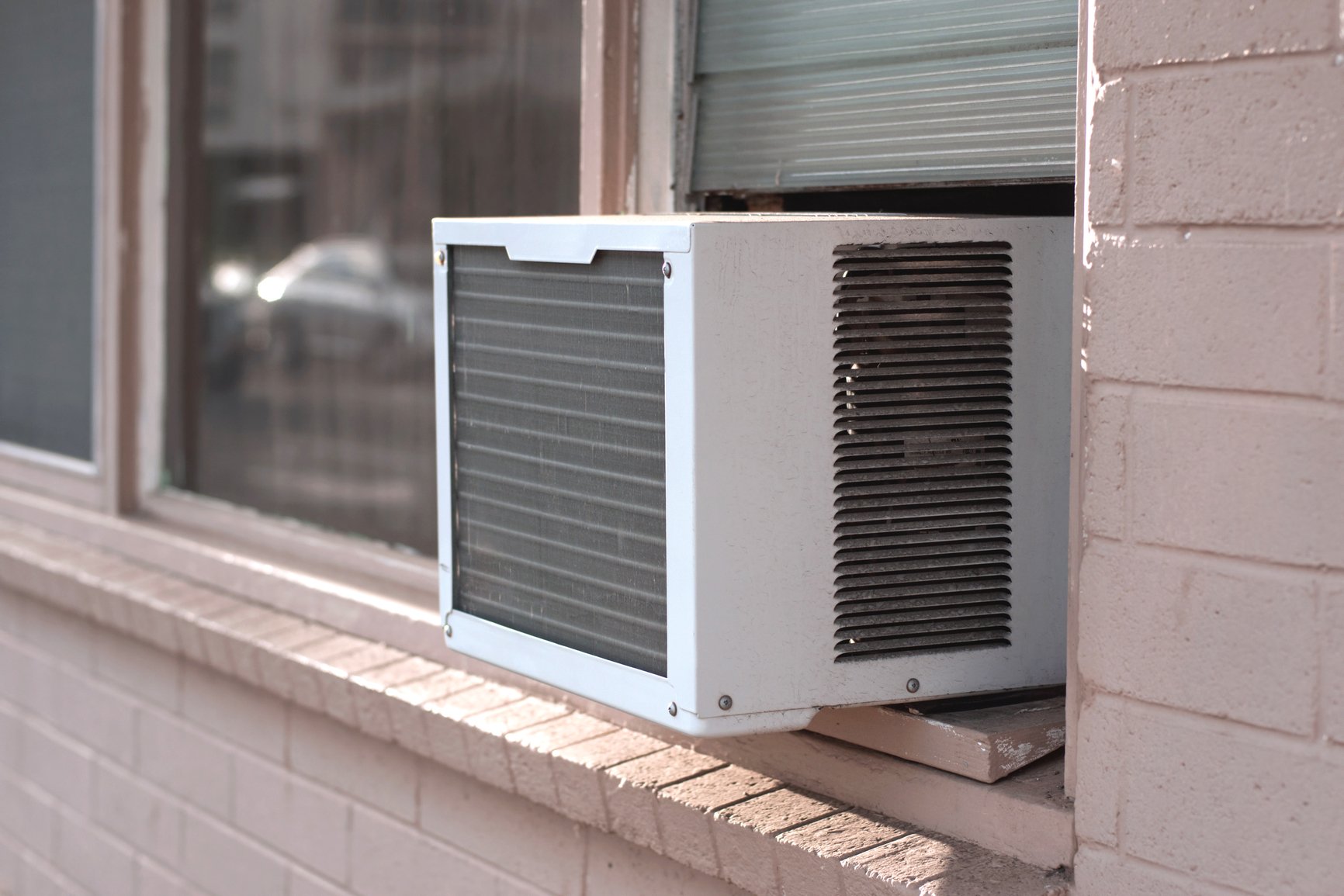

Articles
How To Quiet A Noisy Window Air Conditioner
Modified: January 6, 2024
Discover effective tips and tricks in our articles to easily quiet a noisy window air conditioner. Say goodbye to annoying sounds and enjoy a peaceful environment.
(Many of the links in this article redirect to a specific reviewed product. Your purchase of these products through affiliate links helps to generate commission for Storables.com, at no extra cost. Learn more)
Introduction
Window air conditioners are a popular cooling solution for many homeowners, providing relief from hot summer temperatures. However, one common drawback of these units is the noise they can generate. The constant humming, rattling, and whirring can be irritating, disturbing peaceful sleep and causing annoyance during daily activities.
Fortunately, there are several steps you can take to quiet a noisy window air conditioner and restore tranquility to your living space. By implementing these strategies, you can enjoy the cool comfort of your air conditioner without the unnecessary noise.
In this article, we will explore the common causes of noisy window air conditioners and provide practical steps you can take to reduce the noise. From cleaning the air filter to considering soundproofing materials, we’ve got you covered. Let’s get started!
Please note that while these steps are generally effective, it’s always a good idea to consult the manufacturer’s instructions and adhere to safety guidelines specific to your unit.
Key Takeaways:
- Regularly maintaining and cleaning the air filter, tightening loose components, and insulating the window frame can significantly reduce noise from a window air conditioner, creating a more peaceful living environment.
- Adjusting fan speed, lubricating moving parts, and considering soundproofing materials or vibration isolators are effective strategies to further minimize noise and vibrations from a window air conditioner, ensuring a quieter cooling experience.
Read more: What Is A Window Air Conditioner
Common Causes of Noisy Window Air Conditioners
Before diving into the solutions, it’s essential to understand the common causes of noise in window air conditioners. Identifying the root cause will help you address the issue more effectively. Here are some possible reasons why your window air conditioner might be making noise:
- Loose Components: Over time, the vibrations and constant operation of the air conditioner can cause screws, bolts, and other components to become loose. This loose connection can result in rattling or clanking noises.
- Dirty or Clogged Air Filter: A dirty or clogged air filter restricts airflow, forcing the air conditioner to work harder, which can lead to increased noise.
- Improper Installation: If the unit was not installed properly, it may not be securely fitted in the window frame. This lack of stability can cause vibrations and result in excessive noise.
- Insufficient Insulation: Poor insulation around the window frame can allow external noise to penetrate your living space. It can also cause the air conditioner to produce more sound.
- Worn-Out or Damaged Parts: Over time, parts of the air conditioner, such as fan blades or belts, can wear out or become damaged. This can lead to unusual noises when the unit is running.
- Fan Speed: The default fan speed settings of some window air conditioners might be louder than necessary for your comfort. Adjusting the fan speed can help reduce noise levels.
- Misalignment or Imbalance: If the air conditioner is not properly aligned in the window frame, it can cause vibrations and noise. Balance issues with the unit can also contribute to unnecessary sounds during operation.
- Old or Inadequate Insulation Material: In some cases, the insulation material used in the unit itself may deteriorate, resulting in increased noise. Additionally, older units may have less effective noise insulation features compared to newer models.
Now that we have identified the common causes of noise in window air conditioners, let’s explore the steps you can take to quieten your noisy unit.
Steps to Quiet a Noisy Window Air Conditioner
Noise from a window air conditioner can be frustrating, but there are several steps you can take to address the issue. Follow these simple solutions to quieten your noisy unit and restore a peaceful and comfortable environment:
- Clean or Replace the Air Filter: A dirty or clogged air filter can contribute to increased noise levels. Remove the filter and clean it according to the manufacturer’s instructions. If it’s damaged or too dirty to clean, consider replacing it with a new filter.
- Tighten Loose Screws or Components: Inspect the unit for loose screws, bolts, or other components. Use a screwdriver or a wrench to tighten them securely. This will reduce rattling noises caused by loose connections.
- Insulate the Window Frame: Apply weatherstripping or foam tape around the window frame to improve insulation. This will not only help reduce noise from outside but also minimize vibrations from the air conditioner unit.
- Use Soundproofing Materials: Consider using sound-absorbing materials, such as acoustic foam panels or soundproof curtains, to reduce noise transmission. Place these materials near the air conditioner or on the window frame to minimize sound disruptions.
- Adjust the Fan Speed: If your air conditioner has adjustable fan speed settings, try lowering the speed to reduce noise. Keep in mind that reducing the fan speed might slightly impact the cooling efficiency.
- Balance the Unit: Ensure that the air conditioner is properly aligned in the window frame to minimize vibrations. Use a level to check for balance and adjust as needed.
- Lubricate Moving Parts: Apply a few drops of oil or lubricant to any moving parts that may be causing friction or producing noise. Consult the manufacturer’s guidelines for the appropriate lubricant to use.
- Consider a Vibration Isolator or Anti-Vibration Pad: Install a vibration isolator or anti-vibration pad underneath the air conditioner unit. These products absorb vibrations, effectively reducing noise transmission to the rest of the room.
- Hire a Professional Technician: If you have tried the above steps and the noise persists, it may be time to seek professional help. An HVAC technician can inspect your unit, identify any underlying issues, and provide the necessary repairs or maintenance.
By following these steps, you should be able to significantly reduce the noise produced by your window air conditioner and enjoy a quieter and more comfortable living environment.
Clean or Replace the Air Filter
The air filter in your window air conditioner plays a crucial role in maintaining the unit’s efficiency and indoor air quality. A dirty or clogged air filter can restrict airflow, causing the air conditioner to work harder and generate more noise. Therefore, cleaning or replacing the air filter is an essential step in reducing the noise produced by your window air conditioner.
Here’s how you can clean or replace the air filter:
- Start by turning off the window air conditioner and unplugging it from the power source for safety.
- Locate the air filter, which is typically either behind a front panel or on the side of the unit. Consult the manufacturer’s instructions if you’re unsure about the exact location.
- If the air filter is washable, carefully remove it from the unit. Gently wash the filter with mild soap and water to remove any dirt, dust, or debris. Rinse it thoroughly and allow it to air dry completely before reinstalling it.
- If the air filter is disposable, remove it from the unit and dispose of it properly. Check the specifications of your air conditioner to find the correct replacement filter size, and purchase a new filter accordingly.
- When installing a new filter, make sure it is positioned correctly and securely in the unit. Ensure that the arrows or indicators on the filter align with the airflow direction indicated on the air conditioner.
- Reattach the front panel or close the compartment where the air filter is located.
- Plug in the air conditioner and turn it on to test if the noise level has decreased. You should notice a difference in noise output once the clean or new air filter is in place.
It’s important to clean or replace the air filter regularly to maintain proper airflow and reduce noise. Depending on usage and environmental factors, it’s recommended to clean or replace the air filter every 1-2 months, or as advised by the manufacturer. This will not only help to keep your window air conditioner quiet but also ensure optimal performance and energy efficiency.
Tighten Loose Screws or Components
A window air conditioner unit consists of various screws, bolts, and components that may become loose over time due to vibrations and constant operation. These loose connections can result in rattling or clanking noises, making your air conditioner louder than necessary. In order to address this issue, it’s important to tighten any loose screws or components in your window air conditioner.
Follow these steps to tighten loose screws or components:
- Start by turning off the air conditioner and unplugging it from the power source to ensure your safety.
- Using a screwdriver or a wrench, carefully inspect the unit for any visible signs of loose screws, bolts, or other components. Pay close attention to the front panel, side panels, and back panel.
- If you find any loose screws or bolts, tighten them securely using the appropriate tool. Avoid overtightening, as it may damage the unit.
- Check for any loose or rattling components, such as fan guards or intake grilles. Use a screwdriver or a wrench to ensure that they are tightened properly.
- If you come across any damaged or missing screws or components, consider replacing them with the correct parts. Consult the manufacturer’s instructions or contact their customer support for guidance.
- Once you have tightened all the loose screws and components, plug in the air conditioner and turn it on to see if the noise has reduced. You should notice a significant improvement in the noise level after tightening the loose parts.
Regularly checking for and tightening any loose screws or components in your window air conditioner is essential to maintain its optimal performance and reduce noise. It’s recommended to periodically inspect the unit, especially before the start of the cooling season, to ensure that all screws and components are securely fastened. By taking the time to tighten these loose connections, you can enjoy a quieter and more efficient air conditioner.
Read more: How To Insulate A Window Air Conditioner
Insulate the Window Frame
Poor insulation around the window frame can contribute to increased noise transmission from the outside and the air conditioner itself. By insulating the window frame, you can minimize external noise and reduce the noise produced by your window air conditioner. Insulating the window frame is a relatively simple and effective way to create a quieter environment.
Here’s how you can insulate the window frame:
- Start by thoroughly cleaning the window frame to ensure proper adhesion of the insulation material. Remove any dirt, dust, or debris from the surfaces where the insulation will be applied.
- Measure the dimensions of the window frame to determine the amount of insulation material you will need. This can include weatherstripping tape or foam tape.
- Cut the insulation material to the appropriate lengths based on your measurements. Be sure to follow the manufacturer’s guidelines for cutting and applying the specific insulation material you are using.
- Apply the weatherstripping or foam tape along the edges of the window frame. Make sure to cover any gaps or openings where air or noise can enter. Press it firmly against the surface to ensure a secure seal.
- Continue applying the insulation material around the entire perimeter of the window frame, ensuring a consistent and tight fit.
- Inspect the window frame to ensure there are no gaps or areas where the insulation is not properly installed. Use additional insulation material as needed.
- Once the insulation is in place, close the window to create a tight seal. This will help further reduce noise and improve energy efficiency.
Insulating the window frame provides a barrier that prevents noise from entering your living space. It also helps to minimize vibrations and reduce the noise produced by your window air conditioner. Additionally, proper insulation can improve energy efficiency by preventing air leaks.
Remember to periodically inspect the insulation material and replace it as needed. Over time, weatherstripping and foam tape may wear out and lose their effectiveness. By maintaining the insulation around your window frame, you can continue to enjoy a quieter and more comfortable living environment.
Use Soundproofing Materials
If you’re looking for an effective way to reduce noise from your window air conditioner, using soundproofing materials is a great option. Soundproofing materials can help absorb and dampen the sound waves, minimizing noise transmission and creating a quieter environment in your home. Here are some soundproofing materials you can consider:
- Acoustic Foam Panels: Acoustic foam panels are designed specifically for sound absorption. These foam panels have a porous structure that helps to reduce noise reflections and absorb sound waves. Place them strategically near the air conditioner or on the walls surrounding the unit to help minimize noise transmission.
- Soundproof Curtains: Soundproof curtains are made with heavy and dense materials that help to block noise from entering or leaving a room. These curtains can be hung near the window and around the air conditioner to reduce noise transmission. They not only absorb sound waves but also provide additional insulation.
- Mass Loaded Vinyl (MLV): MLV is a dense and flexible material that offers excellent soundproofing properties. It can be installed as a barrier between the air conditioner and the wall or window to reduce noise transmission. MLV is available in rolls or sheets that can be cut and placed as needed.
- Soundproofing Insulation: There are insulation materials designed specifically for soundproofing purposes. These materials have sound-absorbing properties and can help reduce noise from both external sources and the air conditioner. Install them inside the wall cavities or around the window frame to minimize sound disruptions.
- Weatherstripping Tape: While primarily used for insulation, weatherstripping tape can also help reduce noise transmission. Apply it around the edges of the window frame to seal any gaps or openings where air and sound can enter or escape.
When using soundproofing materials, consider the specific needs of your space and the level of noise reduction required. Combine different materials for maximum effectiveness. It’s important to note that while soundproofing materials can significantly reduce noise, they may not eliminate it entirely. However, they can make a noticeable difference in creating a quieter and more comfortable environment.
Remember to follow the manufacturer’s instructions when installing soundproofing materials and ensure proper placement for optimal results. Experiment with different combinations and placements to find the best configuration for your particular situation.
Clean the air filter regularly to ensure proper airflow and reduce noise. Tighten any loose screws or parts on the unit to minimize rattling. Consider adding foam insulation around the unit to dampen sound.
Adjust the Fan Speed
The default fan speed settings on your window air conditioner may be louder than necessary for your comfort. Adjusting the fan speed can help reduce noise levels while still providing adequate cooling. Here’s how you can adjust the fan speed:
- Refer to the user manual or manufacturer’s instructions to determine if your window air conditioner has adjustable fan speed settings.
- Locate the fan speed control on your air conditioner. This could be a physical knob or a digital control panel.
- Start by setting the fan speed to the lowest setting. This will reduce the rpm (revolutions per minute) of the fan and consequently lower the noise level.
- Observe the cooling performance to ensure that the lowered fan speed still provides sufficient cooling for your needs. If necessary, gradually adjust the fan speed to a slightly higher setting until you find the right balance between noise reduction and cooling efficiency.
- Keep in mind that lowering the fan speed may slightly affect the overall cooling capacity of the unit. It’s important to find the sweet spot where the noise reduction is significant, but the cooling performance remains satisfactory.
- Remember that during extremely hot weather, you may need to increase the fan speed to ensure proper cooling. However, you can lower it back down once the ambient temperature is more manageable.
By adjusting the fan speed of your window air conditioner, you can achieve a more peaceful and quieter environment without compromising on cooling effectiveness. Experiment with different settings to find the optimal balance that suits your comfort preferences while keeping noise to a minimum.
If your air conditioner does not have adjustable fan speed settings, you may want to consider other methods mentioned in this article to reduce noise, such as using soundproofing materials or insulating the window frame.
Balance the Unit
An imbalanced window air conditioner can result in vibrations and unnecessary noise during operation. To minimize these disturbances, it’s important to ensure that the unit is properly balanced in the window frame. Balancing the unit will help reduce vibrations and create a quieter environment. Here’s how you can balance your window air conditioner:
- Start by turning off the air conditioner and unplugging it from the power source for safety.
- Open the window and carefully inspect the air conditioner’s placement in the window frame.
- Check for any gaps or areas where the unit is not snug against the window frame. If you notice any, use weatherstripping or foam tape to fill in those gaps.
- Use a bubble level to check if the air conditioner is sitting level in the window frame. Adjust the unit’s position by adding or removing shims beneath it, such as wooden blocks or plastic wedges, until it is perfectly level.
- Make sure the unit is centered in the window frame and there is an equal gap on both sides to maintain balance.
- Once you have achieved the desired balance, secure the unit in place using the provided brackets or screws, ensuring that it is firmly attached to the window frame for stability.
- Close the window securely to create a tight seal around the air conditioner.
- Plug in the air conditioner and turn it on to test if the noise level has decreased. Properly balancing the unit should reduce vibrations and minimize noise produced during operation.
Regularly check the balance of your window air conditioner, especially after any adjustments or maintenance. Over time, the unit may shift or become unbalanced. By taking the time to properly balance the unit in the window frame, you can enjoy a quieter and more peaceful cooling experience.
If you continue to experience excessive noise even after balancing the unit, consider contacting a professional technician who can inspect the air conditioner for any underlying issues.
Read more: How To Remove A Window Air Conditioner
Lubricate Moving Parts
Over time, the moving parts of your window air conditioner, such as fan blades and motor bearings, can become worn out or develop friction, leading to increased noise levels. Lubricating these parts can help minimize friction and reduce unnecessary noise. Regular maintenance and lubrication can help ensure smooth operation and a quieter cooling experience.
Here’s how you can lubricate the moving parts of your window air conditioner:
- Start by turning off the air conditioner and unplugging it from the power source to ensure your safety.
- Refer to the manufacturer’s instructions to identify the specific parts that require lubrication. Common areas to lubricate include the fan blades, motor bearings, and any other moving components.
- Use a suitable lubricant recommended by the manufacturer. Typically, lightweight machine oil or electric motor oil works well for lubricating these parts. Avoid using excessive amounts of lubricant, as it can attract dirt and debris.
- Carefully apply a few drops of lubricant to the designated moving parts. Pay attention to any accessible points where friction may occur.
- Gently rotate the fan blades or other moving parts to ensure the lubricant is evenly distributed.
- Wipe off any excess lubricant to prevent it from dripping onto other components or surfaces.
- Plug in the air conditioner and turn it on. Observe if the noise level has reduced after lubricating the moving parts. You should notice a smoother operation and a decrease in unnecessary noise.
It’s important to note that lubrication may not be required for all window air conditioners. Some units are designed with sealed bearings or maintenance-free components. Refer to the manufacturer’s instructions to determine if lubrication is recommended and for specific guidance on which parts to lubricate and how often.
Regularly inspect and lubricate the moving parts of your window air conditioner to ensure optimal performance, reduce noise, and prolong the lifespan of your unit.
Consider a Vibration Isolator or Anti-Vibration Pad
If you’re still experiencing excessive noise and vibrations from your window air conditioner, even after following the previous steps, considering the use of a vibration isolator or an anti-vibration pad can help further reduce noise transmission. These products are designed to absorb vibrations and isolate the unit from the window frame or the surface it sits on, resulting in a quieter operation. Here’s how you can use a vibration isolator or anti-vibration pad:
- Determine the type and size of vibration isolator or anti-vibration pad you need. They come in various forms, such as rubber mounts, rubber pads, or foam cushions.
- Turn off the air conditioner and unplug it from the power source for safety.
- Place the vibration isolators or anti-vibration pads underneath the corners or the base of the air conditioner unit. Ensure that they are centered and fully support the weight of the unit.
- If necessary, adjust the position of the isolators or pads to achieve a stable and balanced placement of the unit.
- Turn on the air conditioner and monitor if there is a noticeable reduction in vibrations and noise. The vibration isolators or anti-vibration pads should absorb and dampen the vibrations, resulting in a quieter operation.
- Regularly inspect the vibration isolators or anti-vibration pads to ensure they are in good condition. Replace them if they become damaged or worn out over time.
Using a vibration isolator or an anti-vibration pad can be particularly beneficial if your air conditioner is located on a surface prone to transmitting vibrations, such as a wooden window frame or a countertop. These products help reduce noise by isolating the unit and preventing vibrations from transferring to the surroundings.
It’s important to choose the right type of vibration isolator or anti-vibration pad for your specific air conditioner model. Consult the manufacturer’s instructions or seek recommendations from professionals to ensure compatibility and effectiveness.
By incorporating a vibration isolator or an anti-vibration pad into your window air conditioner setup, you can significantly reduce noise transmission and enjoy a quieter and more pleasant cooling experience.
Hire a Professional Technician
If you have tried all the previous steps and are still experiencing excessive noise from your window air conditioner, it may be time to seek the expertise of a professional technician. A trained HVAC technician can thoroughly assess your unit, identify any underlying issues, and provide the necessary repairs or maintenance to restore quiet operation. Here’s why you should consider hiring a professional technician:
- Expertise and Experience: HVAC technicians have the knowledge and experience to diagnose and resolve air conditioner issues. They can identify the specific causes of noise and recommend appropriate solutions.
- Specialized Equipment: HVAC technicians have access to specialized tools and equipment that allow them to perform diagnostics and repairs accurately and efficiently.
- Ensure Safety: Working with air conditioning units can be complex and potentially dangerous without the proper training. Hiring a professional technician ensures the safety of both you and your equipment.
- Correct Diagnosis: Sometimes, the root cause of the noise may not be obvious or easily identifiable. A professional technician can provide a thorough assessment and pinpoint the underlying issue, saving you time and frustration.
- Long-Term Solutions: While DIY attempts may provide temporary relief, a professional technician can provide long-term solutions that address the root cause of the noise. This will help prevent further problems and prolong the lifespan of your air conditioner.
- Manufacturer’s Warranty: If your window air conditioner is still under warranty, attempting repairs yourself may void the warranty. Hiring a professional technician ensures that any repairs or maintenance performed are in compliance with the warranty terms.
When hiring a professional technician, ensure that they are licensed, experienced, and reputable in the HVAC industry. Seek recommendations from friends, family, or trusted online sources to find a reliable technician who specializes in air conditioner repairs.
By enlisting the help of a professional technician, you can have peace of mind knowing that your window air conditioner will be properly assessed and repaired, resulting in a quieter and well-functioning unit.
Conclusion
Dealing with a noisy window air conditioner can be frustrating, but with the right approach and strategies, you can significantly reduce the noise and enjoy a more peaceful and comfortable living space. By implementing the steps outlined in this article, you can address common causes of noise and take the necessary actions to quieten your window air conditioner.
Start by cleaning or replacing the air filter to ensure proper airflow and reduce noise caused by a clogged filter. Tighten any loose screws or components that may be contributing to rattling or clanking noises. Insulate the window frame to minimize external noise and vibrations. Consider using soundproofing materials, such as acoustic foam panels or soundproof curtains, to absorb and dampen sound waves.
You can also adjust the fan speed to find the right balance between noise reduction and cooling efficiency. Balancing the unit in the window frame will help reduce vibrations and unnecessary noise. Lubricate the moving parts of the air conditioner to minimize friction and smooth out its operation. If all else fails, consider using a vibration isolator or an anti-vibration pad to further reduce noise transmission.
If you have exhausted all troubleshooting options or are unsure about performing repairs yourself, it’s advisable to hire a professional technician. They have the expertise, experience, and specialized equipment to accurately diagnose and fix any underlying issues with your window air conditioner.
Remember that regular maintenance and inspection of your window air conditioner are essential to keep it operating efficiently and quietly. Clean the unit regularly, check for any loose components, and inspect the overall condition of the air conditioner to prevent noise issues from arising.
By following these steps and taking proactive measures, you can create a more comfortable environment in your home and enjoy the benefits of a quiet window air conditioner.
Frequently Asked Questions about How To Quiet A Noisy Window Air Conditioner
Was this page helpful?
At Storables.com, we guarantee accurate and reliable information. Our content, validated by Expert Board Contributors, is crafted following stringent Editorial Policies. We're committed to providing you with well-researched, expert-backed insights for all your informational needs.
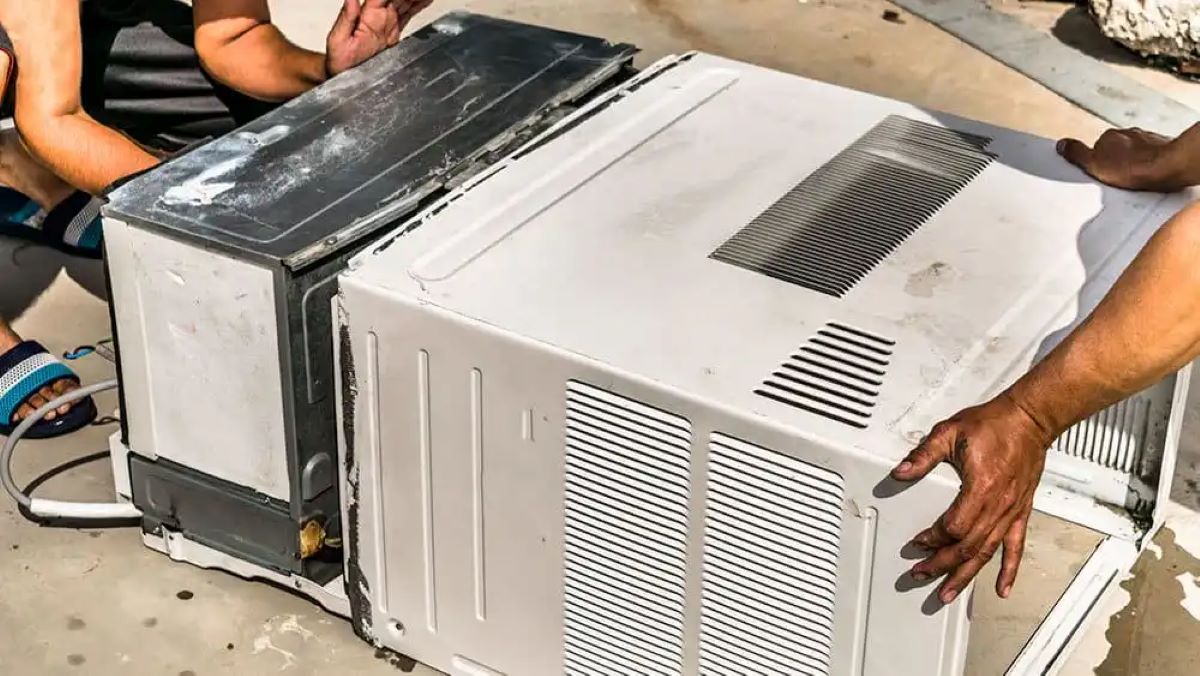
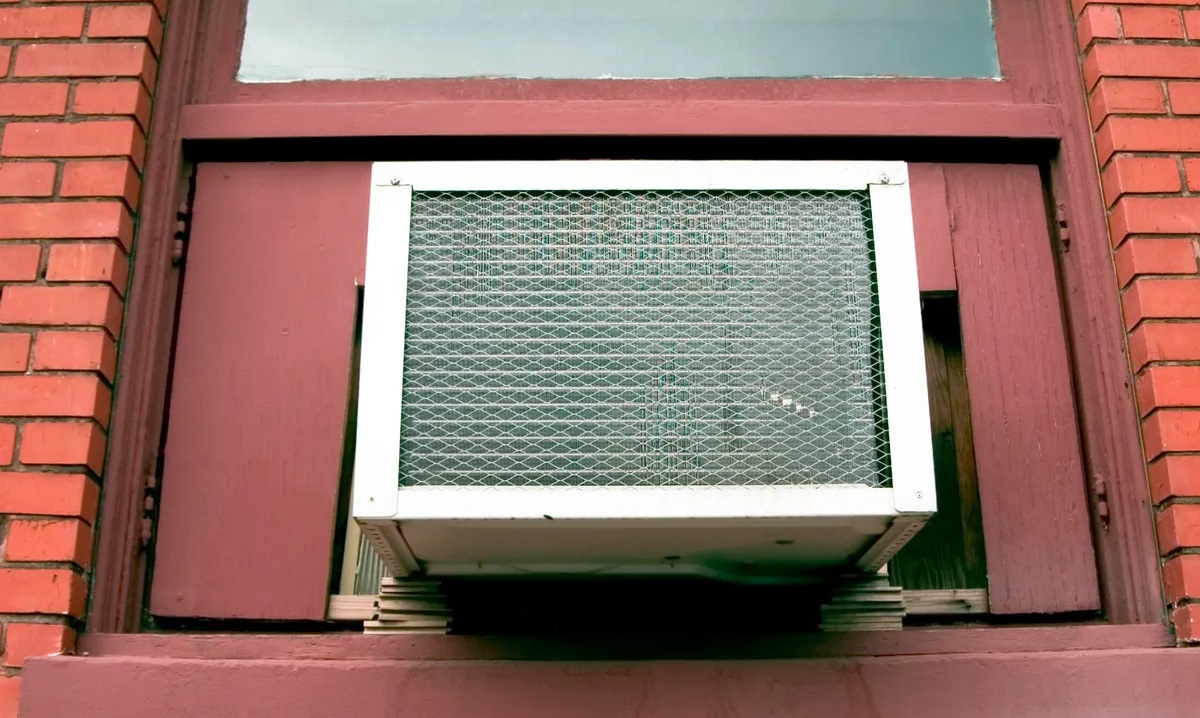
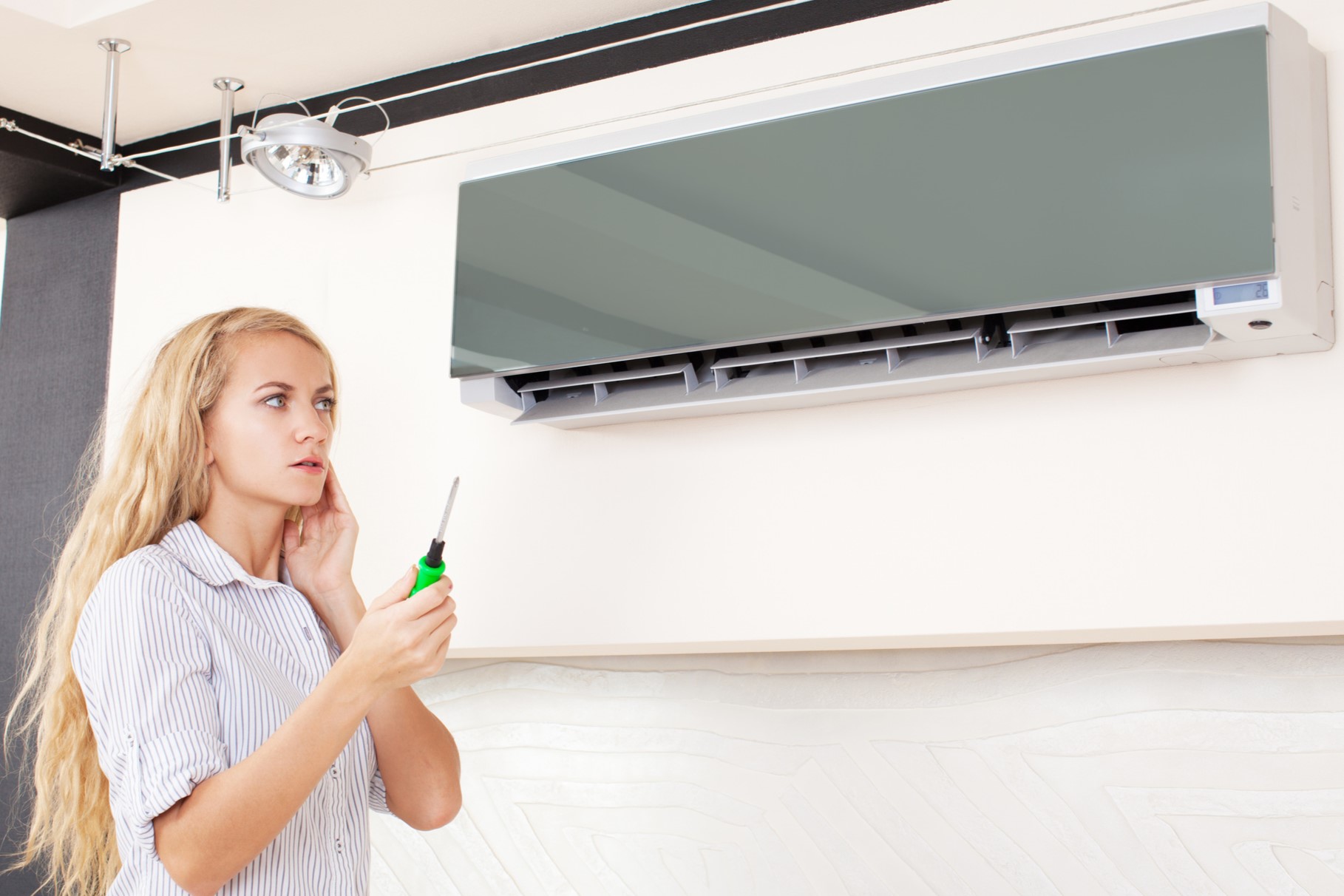
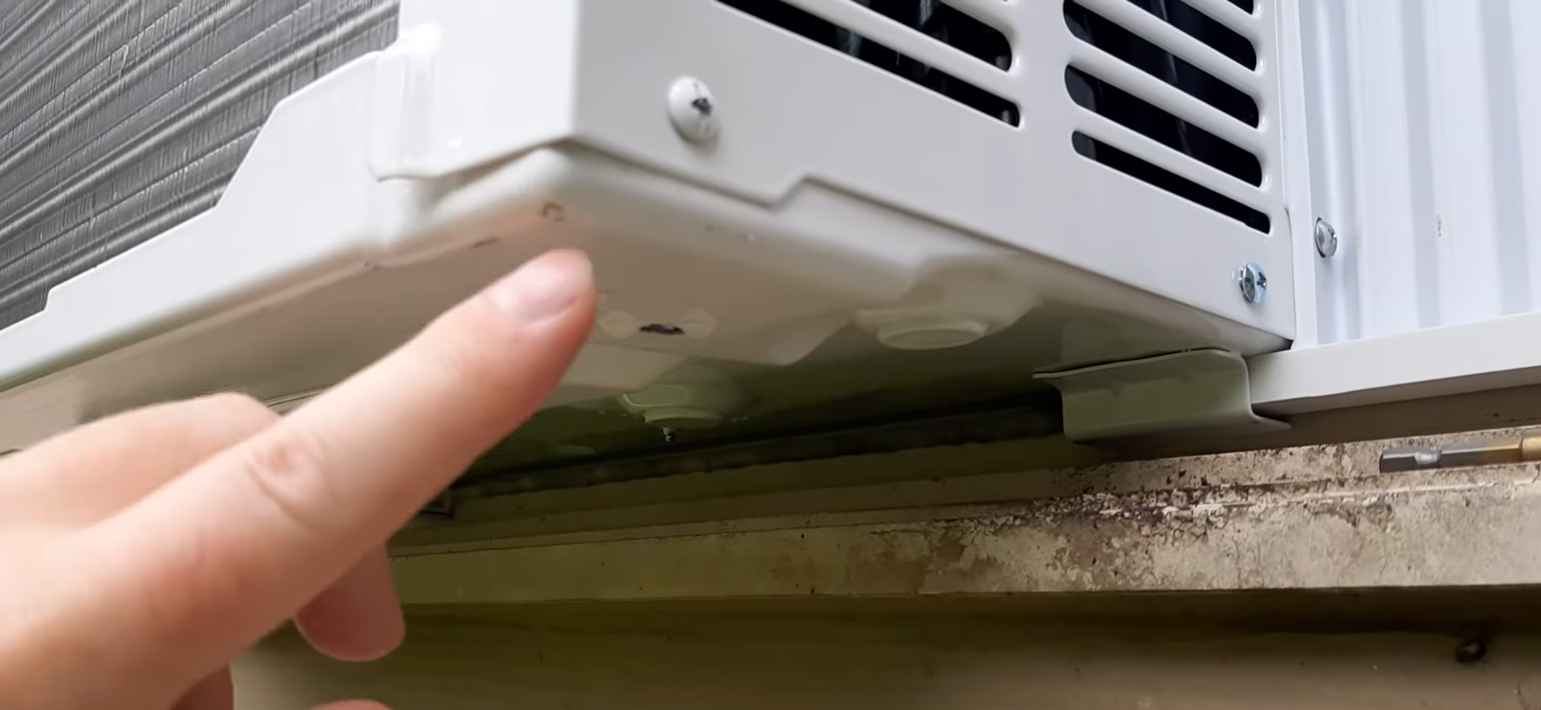
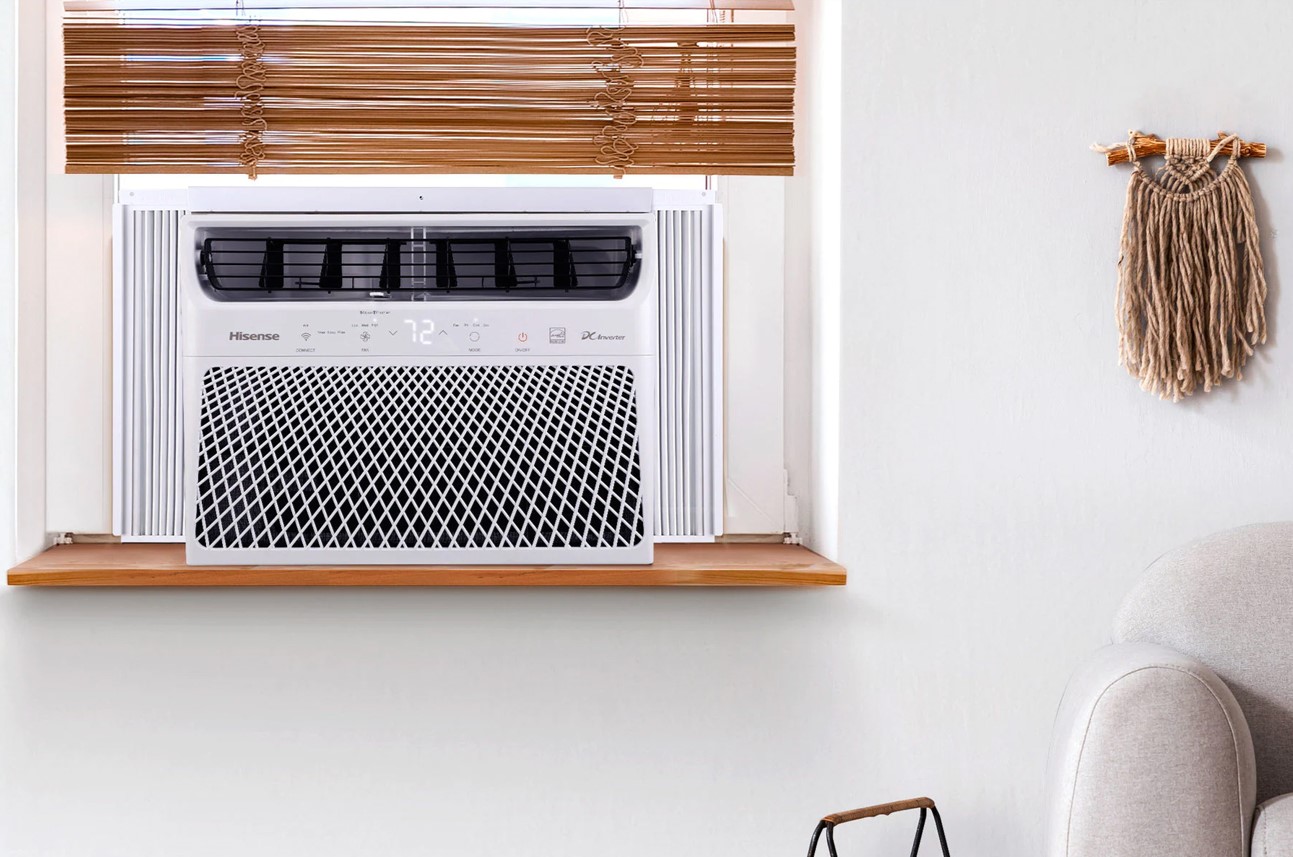
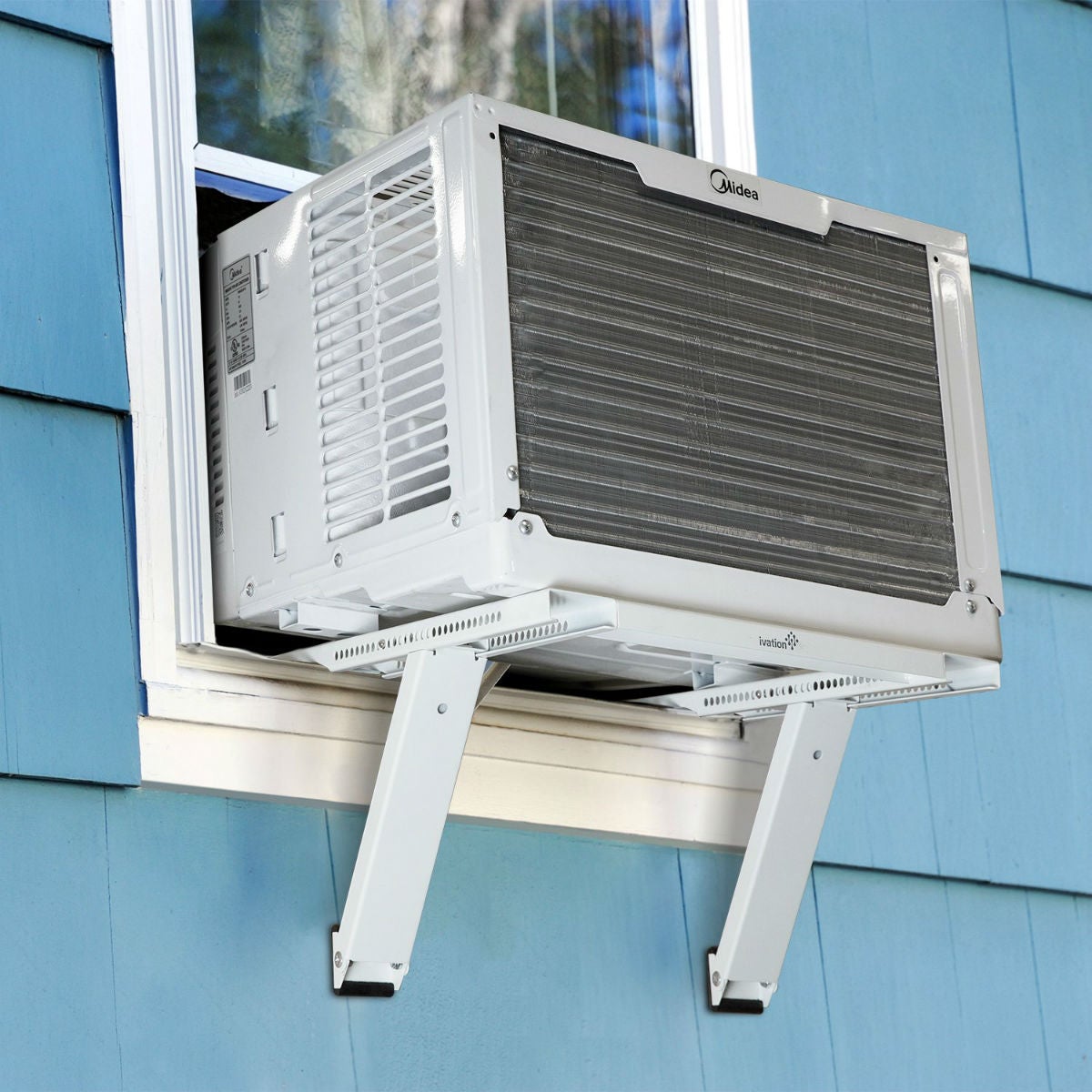
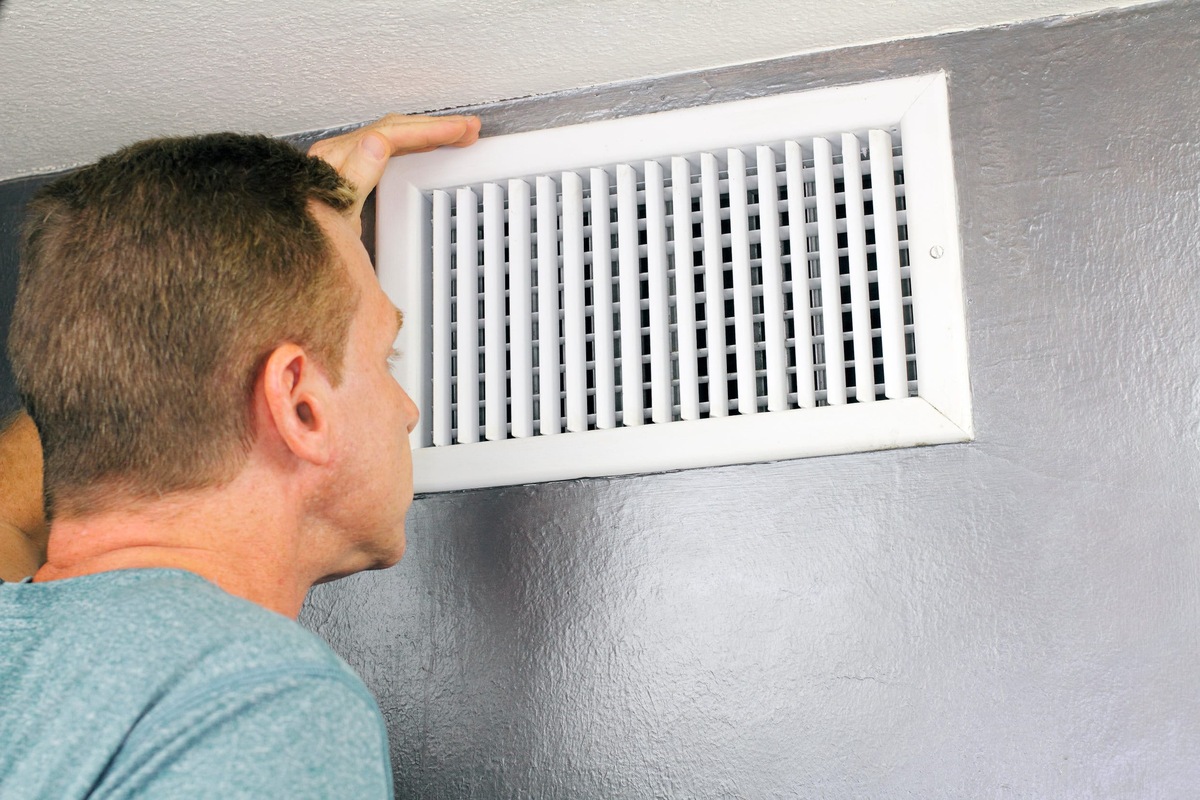
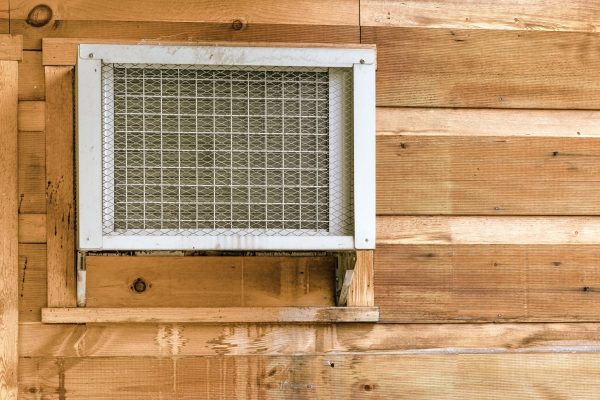
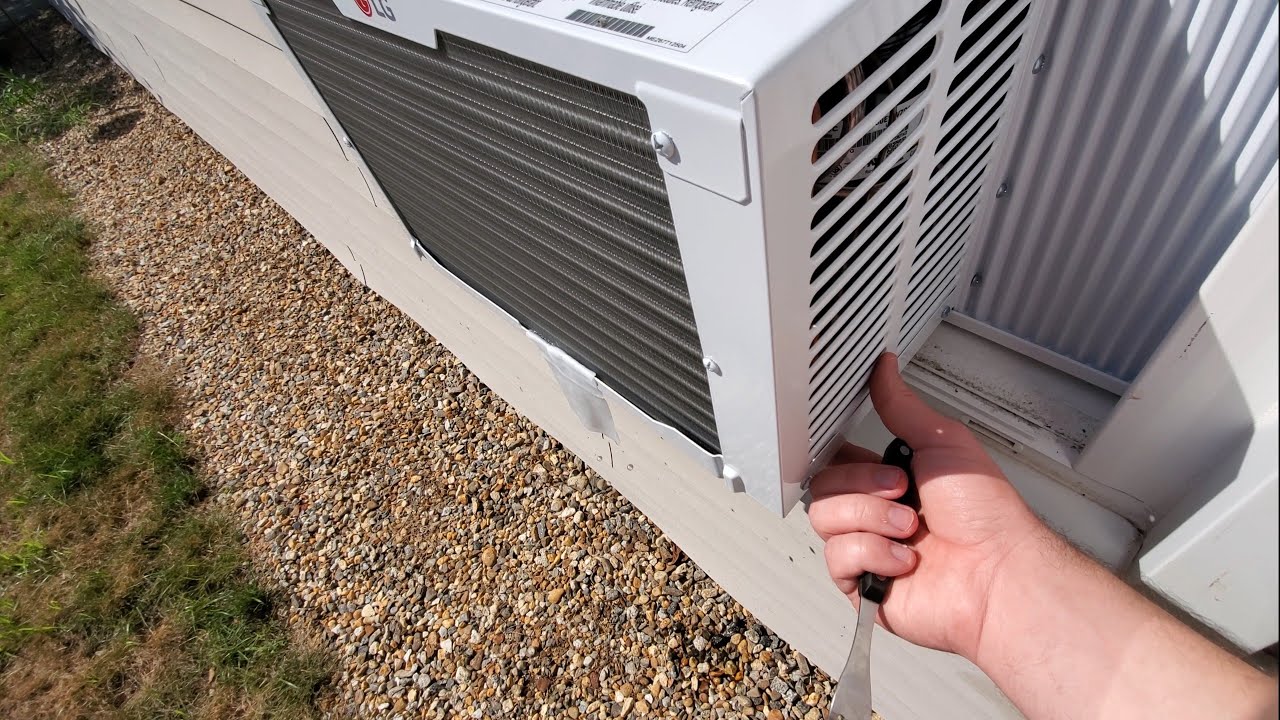
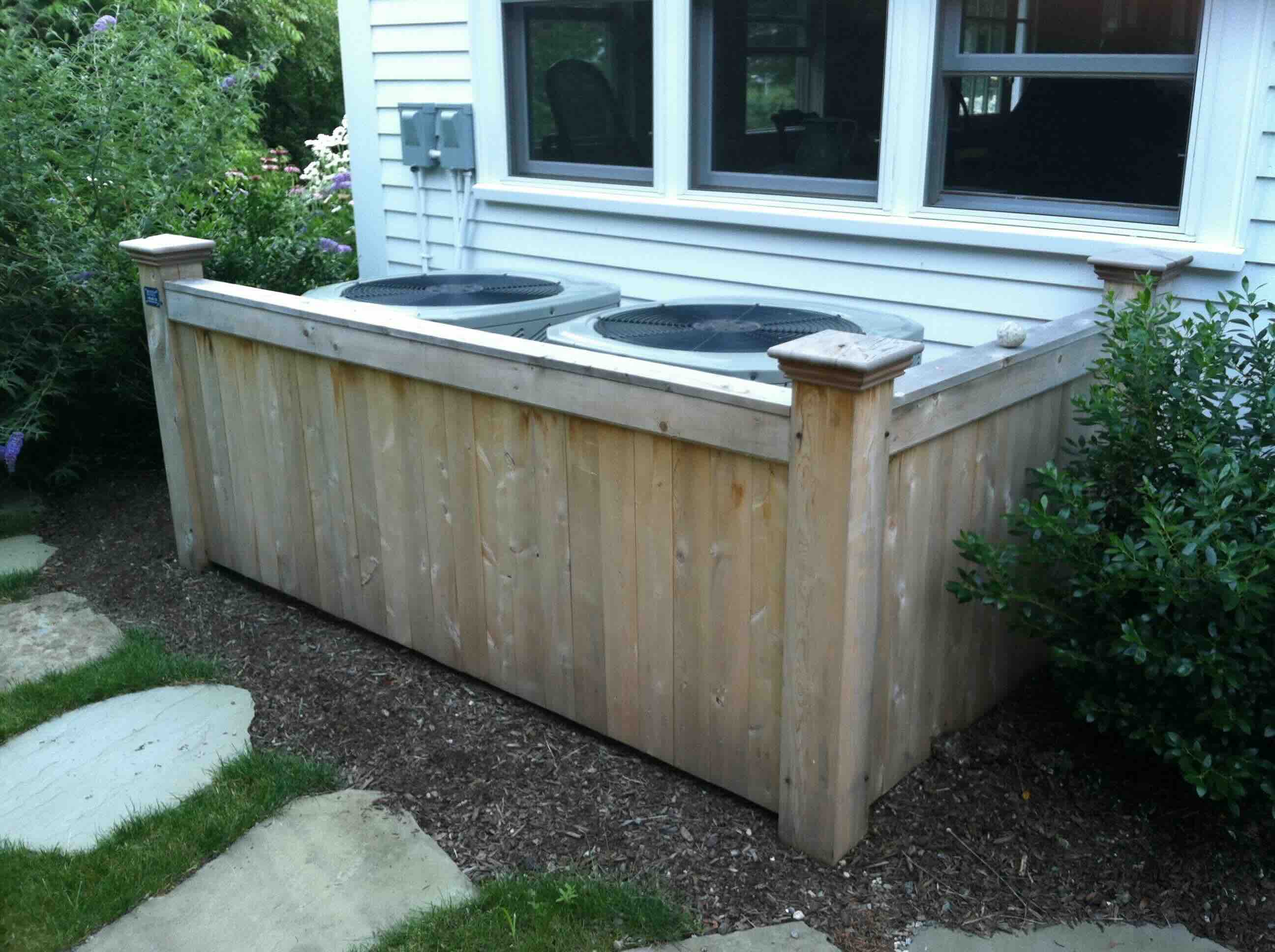

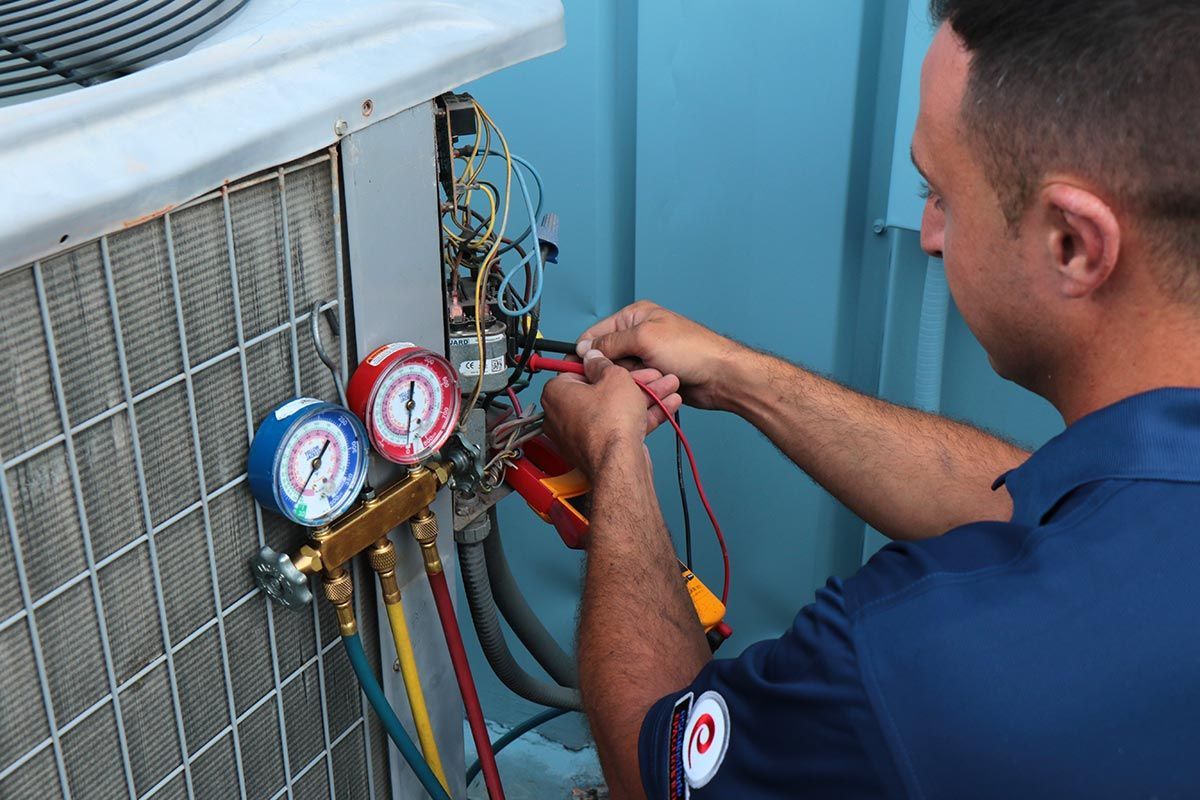
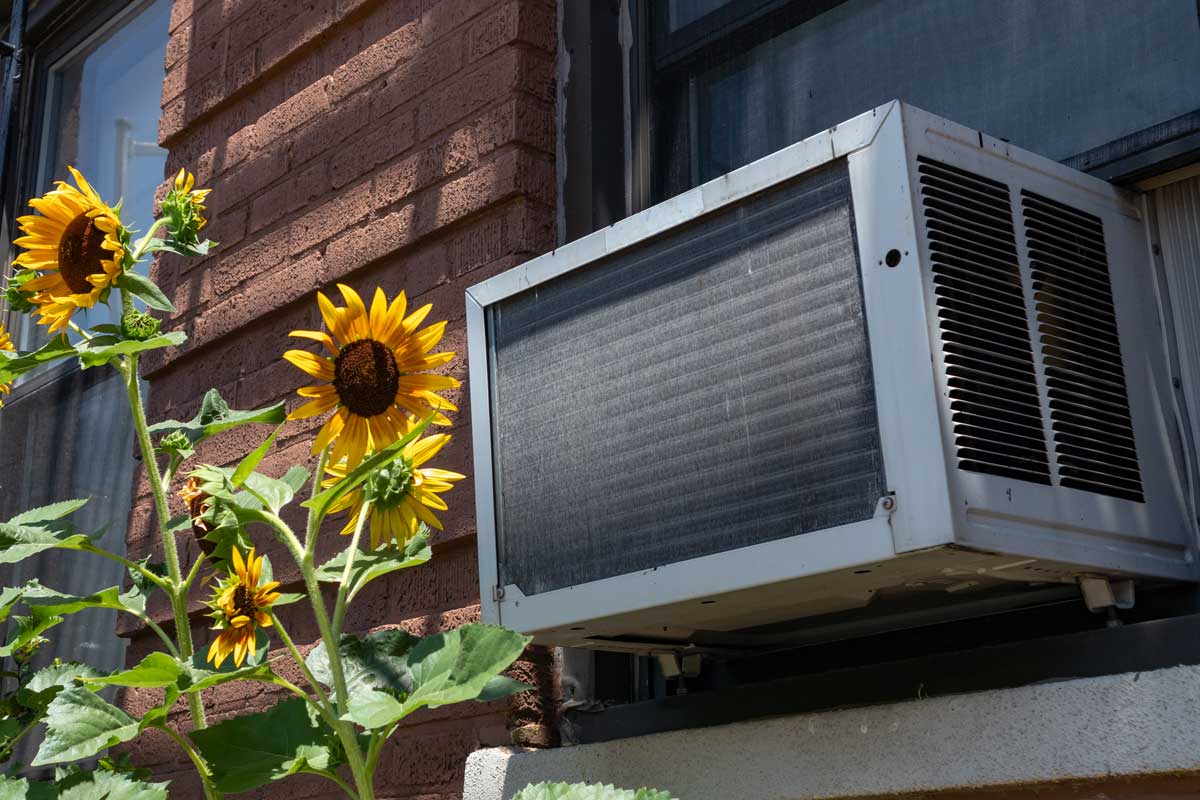

0 thoughts on “How To Quiet A Noisy Window Air Conditioner”